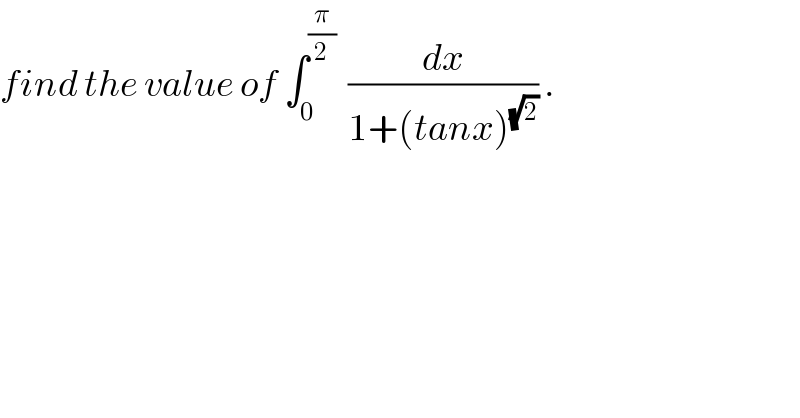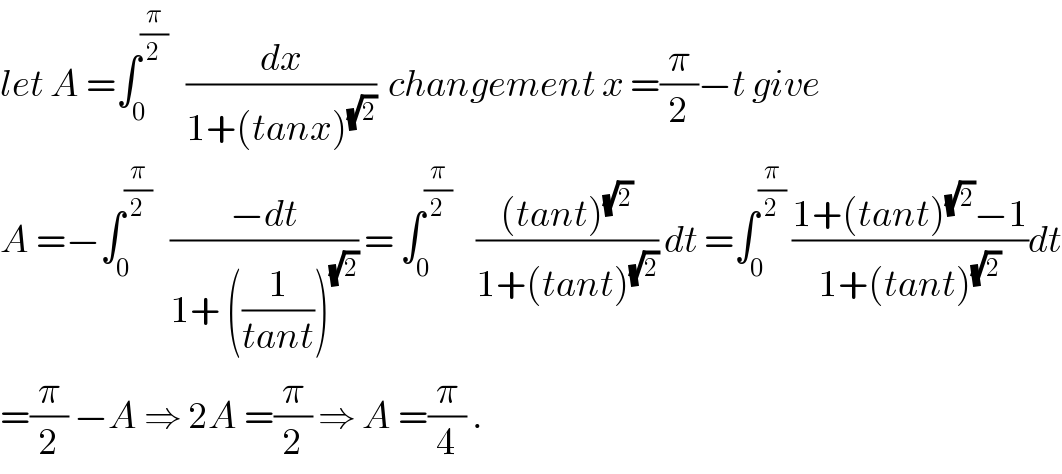
Question and Answers Forum
Question Number 63089 by mathmax by abdo last updated on 28/Jun/19

Commented by edafe ovwie last updated on 29/Jun/19

Commented by mathmax by abdo last updated on 29/Jun/19

Commented by mathmax by abdo last updated on 03/Jul/19

